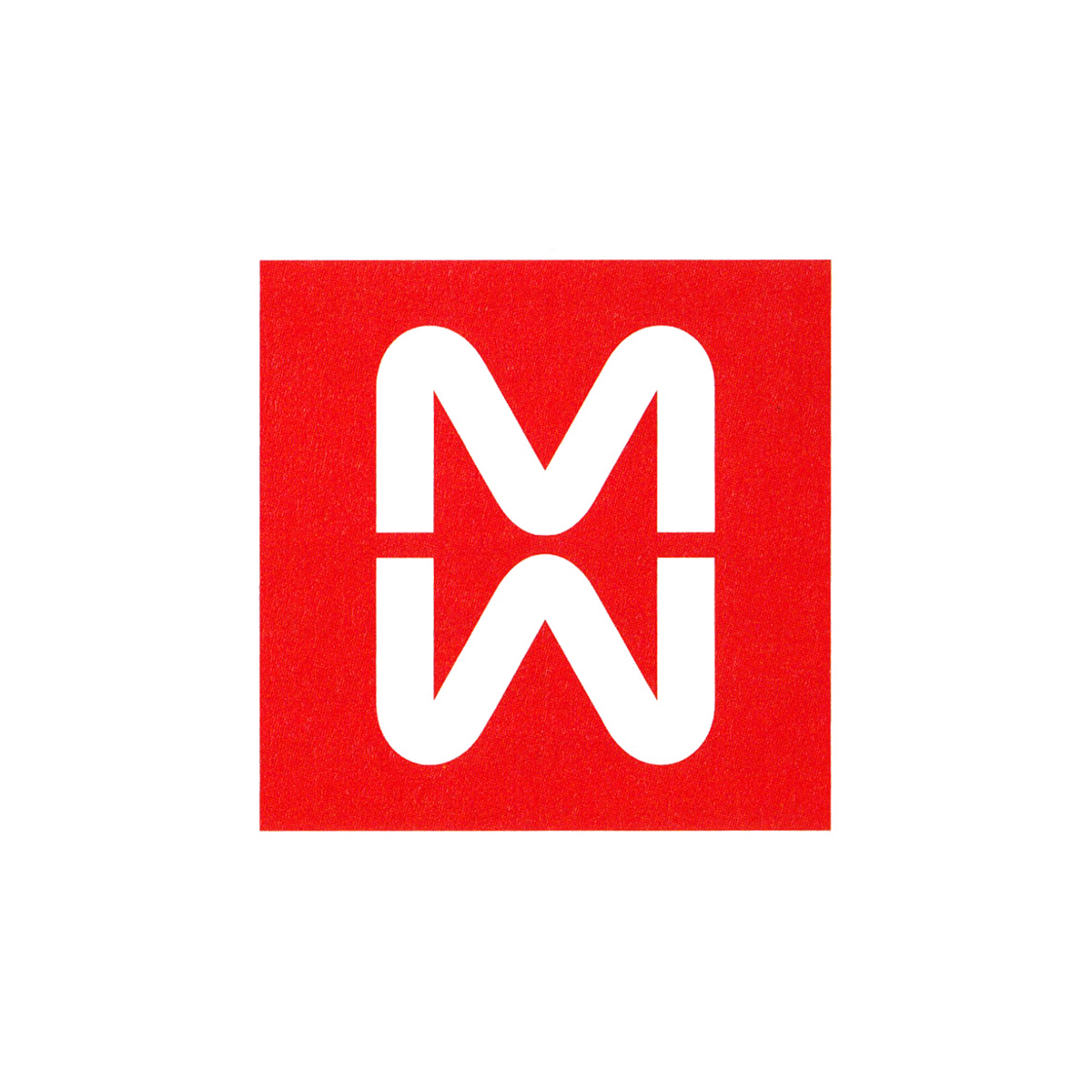Essential and didactic
Bob Noorda's 1962 symbol for Milan Metro.
This post is supported by LogoArchive – The home of historical logos. Discover over 4500 of history’s best designs from the world’s finest designers. Always find the logo inspiration you need for your next project here.
Linea Uno (Line 1) was the first underground rapid transport network to be built in Milan, Italy. It was first part of the Milan Metro, operated by ATM, that would eventually expand over the course of the following decades to include five lines connecting all parts of the city.
Work began on Linea Uno in 1957, with the initial section linking Sesto Marelli to Lotto, opening on November 1st 1964. Ahead of this, in 1962, the Società Metropolitana Milanese commissioned renowned architects Franco Albini and Franca Helg (Franco Albini-Franca Helg architecture studio) to develop station designs and pioneering designer Bob Noorda (Unimark International) to work on wayfinding and symbol.
Albini and Helg devised was a modular system based on prefabricated panels and the standardisation of key elements such as entrances, lighting and handrails. These gave the stations a clear identifiable visual language above ground. A key part of supporting the architectural visual language would be the design of a recognisable symbol, one that would catch the eye, with hand rails and signage then leading people underground.
Many of Noorda’s logos and symbols emerged from an ‘essential’ and ‘didactic’ appraoch. For Noorda, a successful logo was simple and immediate, and as ‘easy to read as a child's picture book’. These were the guiding principles for the design of the Milan Metro symbol.



